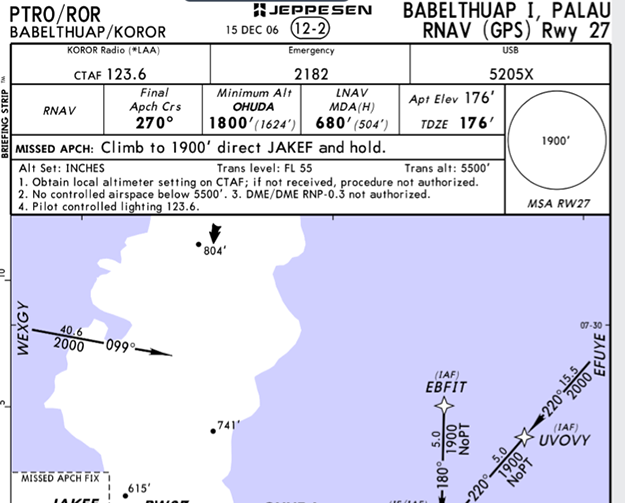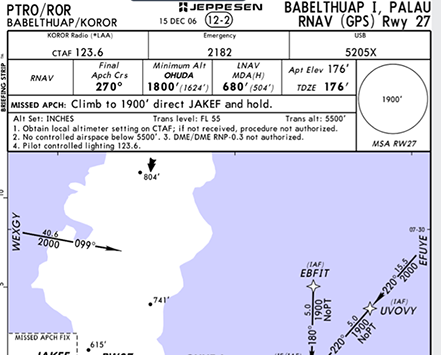A Complete Manual for Conducting International Flight Operations
Cruise Clearance
Cruise Clearance

 It is more than likely that you will only have a vague familiarity with a cruise clearance when you are actually issued one. Cruise clearances are commonly used in the Pacific Region, and it is helpful to fully understand the clearance when accepted.
It is more than likely that you will only have a vague familiarity with a cruise clearance when you are actually issued one. Cruise clearances are commonly used in the Pacific Region, and it is helpful to fully understand the clearance when accepted.
For example, your aircraft is at FL410 approaching Palau (PTRO), San Francisco radio issues you the following clearance, N569XJ cruise 5,000. Is this a discretionary descent to 5000 feet? Does this mean that you can use any altitude from 5,000 feet to FL410 as long as you don’t call vacating? The airport at Palau has no ATC services and the Transition Altitude and Transition Level at the airport are both 5,500 feet. Does this mean that you are cleared to descend and execute an approach? If you answered yes to all of the above, you are generally correct. A cruise clearance assigns a block of airspace to an aircraft. In this case the airspace from 5,000 feet to FL410. You may climb or descend within the block, however, when you report leaving an altitude you may not return without an ATC clearance.
A cruise clearance most importantly is an authorization to execute an approach at the destination airport. In uncontrolled airspace the flight crew is responsible for minimum IFR altitudes and your landing is governed by visual flight rules.
JOIN THE CONVERSATION

The material contained on this site is to be used for reference only. You should always follow your primary resources first (aircraft manuals, government regulations, etc.).
Savant Aero is no way affiliated with any aircraft manufacturers.

